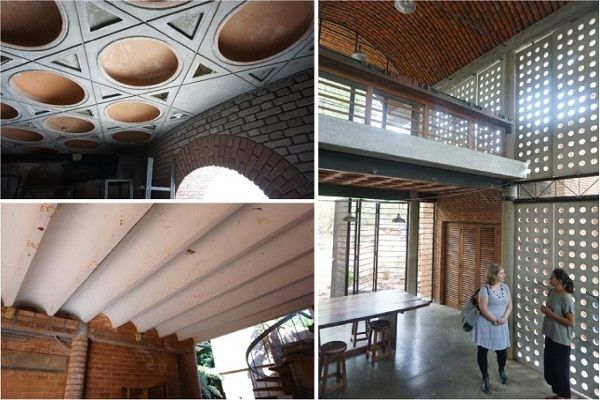Filler slab technology is a building construction technique that involves using lightweight materials to fill the gaps between concrete slabs. The aim is to reduce the weight of the building, lower the cost of construction and improve the energy efficiency of the building.
In this technique, the concrete slabs are cast with a series of hollow spaces or “voids” within them, leaving spaces between the upper and lower layers of the slab. These voids are then filled with lightweight materials such as polystyrene, thermocol, or foam concrete, which act as insulating layers.
Advantages of filler slab technology.
- It reduces the weight of the building, making it more earthquake-resistant and reducing the load on the foundation.
- It also provides better insulation, reducing heat transfer through the slab and lowering energy consumption for cooling or heating.
- The filler slab reduces carbon footprint
- Additionally, it reduces the cost of construction as less concrete is used and requires less reinforcement.
- It’s cheaper than a traditional RCC slab due to cheaper filler materials and less amount of steel and concrete
However, there are also some disadvantages to using filler slab technology. The technique requires careful design and planning to ensure structural stability. Additionally, the voids in the slab may become a nesting place for pests or collect debris, requiring regular maintenance.
Materials for Filler Slab:
There are the following materials for the filler slab as given below;
- Bricks
- Tiles
- Cellular
- Concrete
- Blocks
- Pots &
- Waste Bottle
Material Selection as Per Design & Need:
There are the following points to be kept in mind regarding material selection for filler slab;
- With concrete or steel in the RCC slab constructed the filler material should not react and in nature, it should be inert.
- As it will soak the hydration water from concrete so filler materials’ water absorption should be checked.
- In-weight filler material should be light so the dead load onto the foundations is reduced and the overall weight of the slab reduces.
- The cost of filler material is much lesser than the cost of the concrete it replaces so filler material should be of low cost.
- As not to provide an ugly ceiling pattern filler material texture should match the desired ceiling finish requirements.
Conclusion
It is important to note that filler slab technology may not be suitable for all types of buildings and construction projects. The design and construction of a building using this technique should be carefully planned and executed to ensure the structural integrity and safety of the building.










